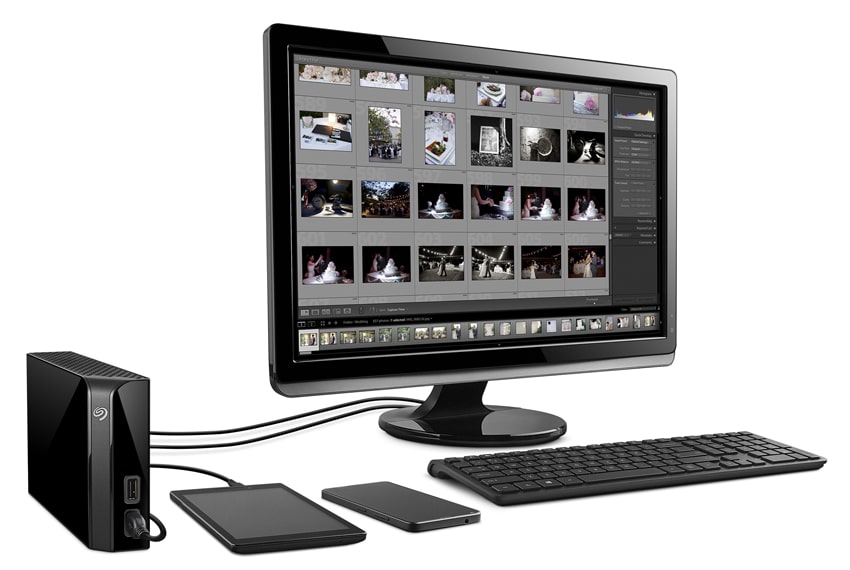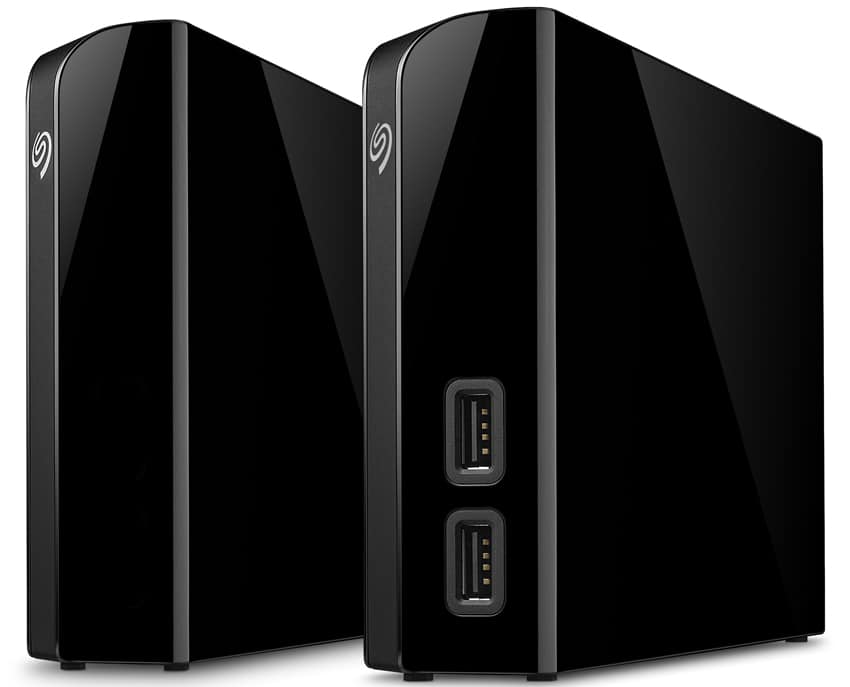![]() Recently Seagate Technology announced a new product that, unlike most of its products, will tackle several uses at once including storage, the Seagate Backup Plus Hub. Based off of the Seagate Backup Plus, the new Backup Plus Hub will feature up to 8TB of capacity as well as two integrated USB 3.0 ports. The new device also contains Seagate Dashboard Software and includes up to 200GB of OneDrive storage for two years.
Recently Seagate Technology announced a new product that, unlike most of its products, will tackle several uses at once including storage, the Seagate Backup Plus Hub. Based off of the Seagate Backup Plus, the new Backup Plus Hub will feature up to 8TB of capacity as well as two integrated USB 3.0 ports. The new device also contains Seagate Dashboard Software and includes up to 200GB of OneDrive storage for two years.
Recently Seagate Technology announced a new product that, unlike most of its products, will tackle several uses at once including storage, the Seagate Backup Plus Hub. Based off of the Seagate Backup Plus, the new Backup Plus Hub will feature up to 8TB of capacity as well as two integrated USB 3.0 ports. The new device also contains Seagate Dashboard Software and includes up to 200GB of OneDrive storage for two years.

The recent trend in personal computers is both a decrease in capacity as well as a decrease in the number of USB ports. At the same time, USB connected devices are more common than ever. Some users have to resort to USB hubs in order to connect multiple devices to their computer. Seagate saw this as an opportunity to combine external desktop storage and a USB hub. The new Seagate Backup Plus Hub allows two devices to be plugged in at once and enables them to be charged and transfer files. And like a USB hub, the devices plugged into the new Backup Plus Hub can be accessed as though they were plugged directly into a computer.

Seagate Backup Plus Hub specifications:
- Capacity: 4TB, 6TB, 8TB
- Interface: USB 3.0
- Maximum data transfer rate: 160MB/s
- Integrated USB hub
- Requires power adaptor
- Includes Seagate Dashboard
- Formatted for either PC or Mac
- Dimensions (LxWxH): 198.1 x 41 x 118 mm
- Weight: 860g
Availability and pricing
The Seagate Backup Plus Hub is available now and is priced from $139.99-$249.99 depending on capacity.
Sign up for the StorageReview newsletter

